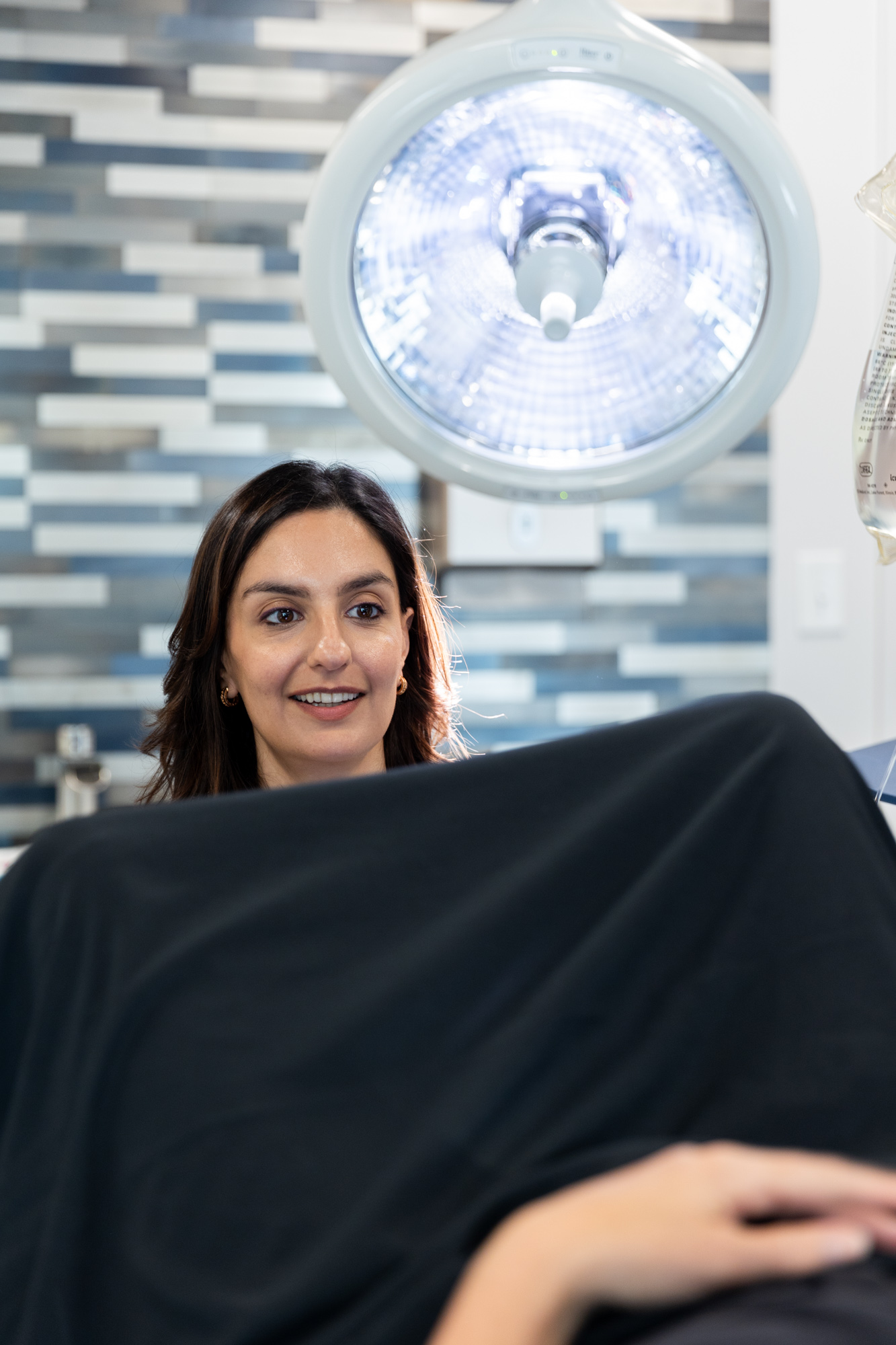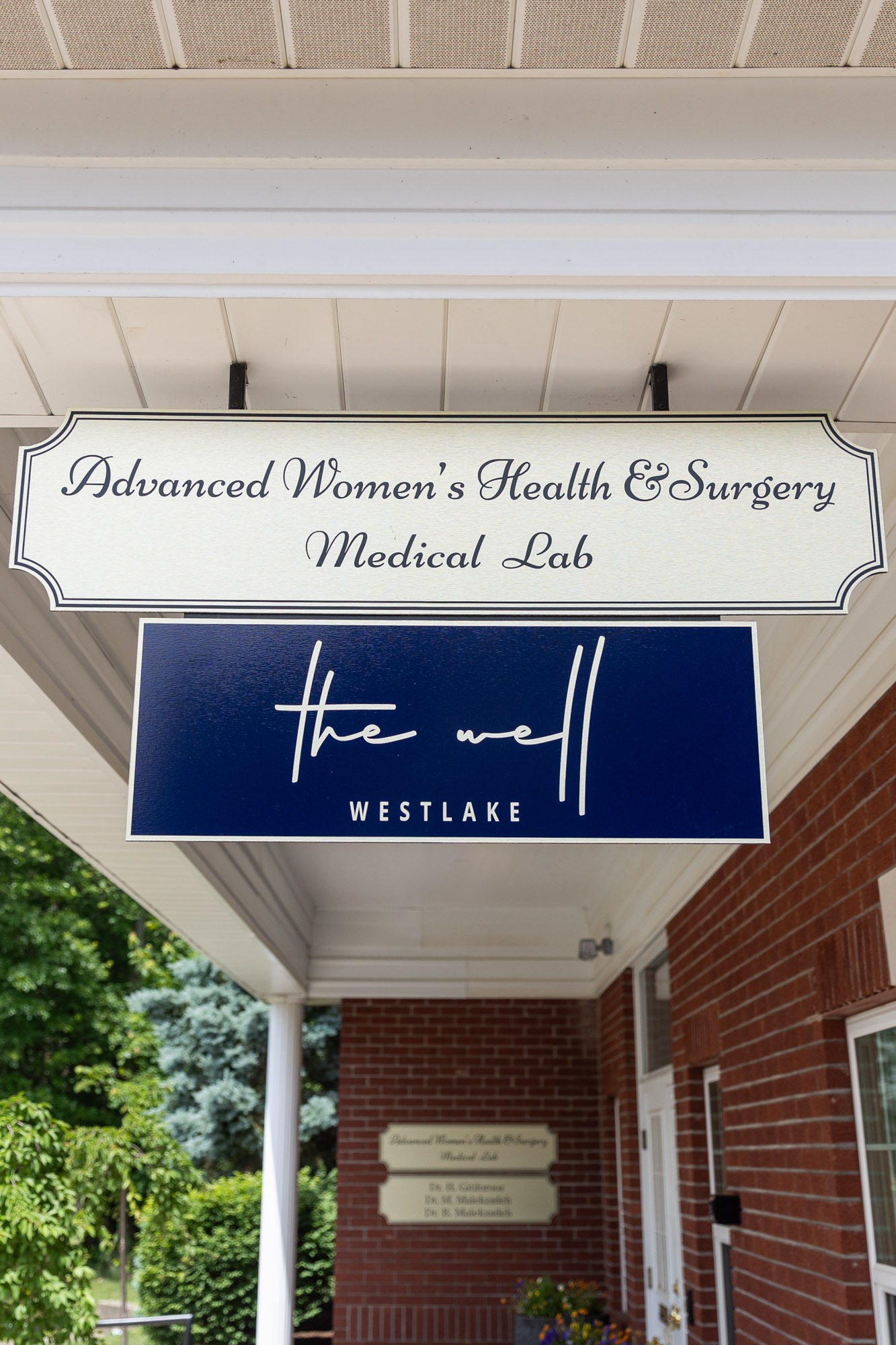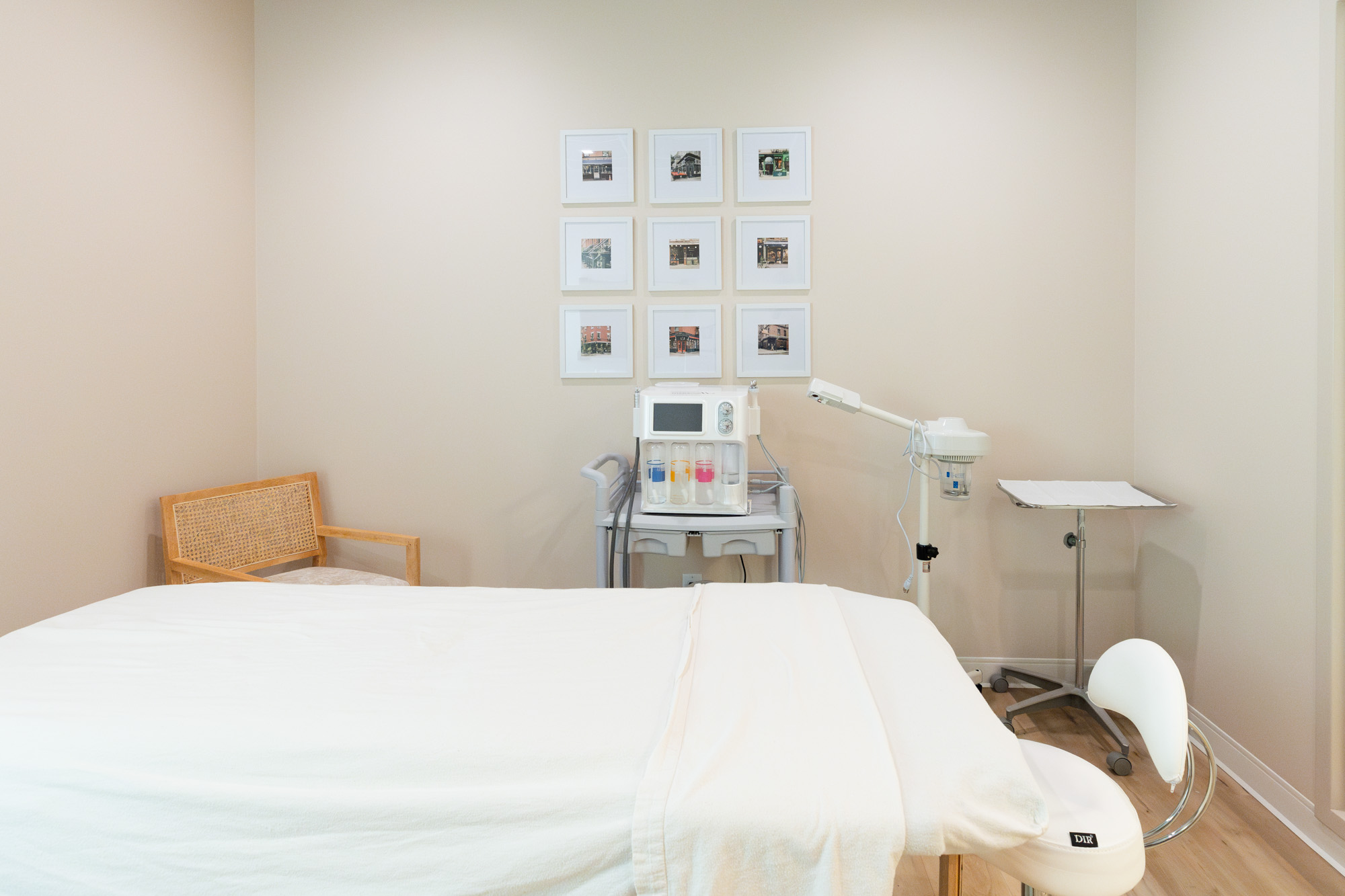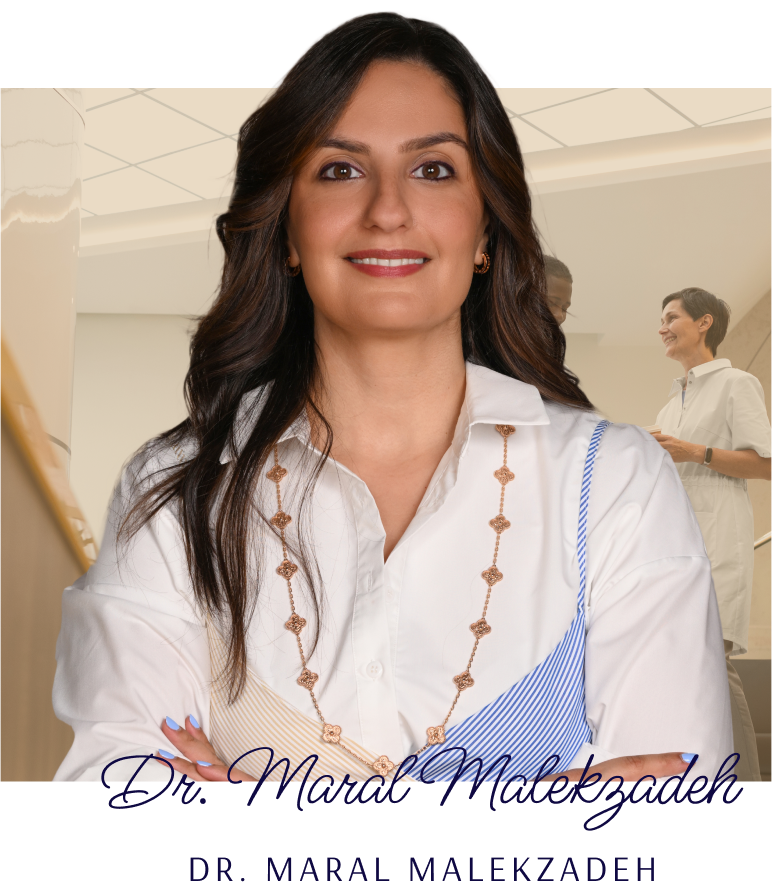Will I age faster after an oophorectomy?
Possibly. You and your provider will discuss this during your consultation, but getting an oophorectomy in Cleveland might cause significant hormonal changes, especially if you are premenopausal.
While there are many benefits to trusting your health to a predominantly female team, these are the main benefits that make Advanced Women’s Health one of the most popular women’s medical practices.

Comfort
Every aspect of our building is designed to not only make women feel comfortable and safe but celebrated! When you walk into our building, we want to make it feel like a home away from home, where you’re health and wellness concerns are understood and supported.

Choices
While we are two separate businesses, we are connected by one goal: helping women by providing plenty of choices for their care. By having our two businesses under the same roof, we can provide our patients with a wider range of options that include gynecologic surgery, wellness treatments, and aesthetics services.

Clarity
Your needs are our priority. Our experts make sure to create an encouraging and supportive atmosphere so our patients feel safe expressing their concerns and answering all our questions. That way, we can have a clear picture of your needs, which will help us determine the best treatments for you.
Before your oophorectomy, you will meet with one of our providers for an initial consultation. They will talk with you about your concerns, conduct a pelvic exam, and learn more about your medical history, including any diagnoses for reproductive conditions.
Your provider will begin your procedure by putting you under general anesthesia. Once you are completely under, your provider will make small incisions in your abdomen, separating your ovaries from your blood supply and surrounding tissues and removing them from your body. Your provider will then close the incisions with dissolvable stitches.
Your oophorectomy in Cleveland will take anywhere between 1 and 2 hours. Once you are awake, your provider will give you aftercare instructions before scheduling you for a follow-up appointment within 1 to 2 weeks. During your appointment, they will check and see how you are healing, ensuring you are doing well before giving you instructions for returning to your normal activities.


How to Prepare
How to Care Afterward
Advanced Women’s Health is a practice founded by women for women. We understand our patients’ concerns because many of our providers and physicians have experienced the very same issues. Check out our team page to see the people who will be a part of your care team.

Ready to get started? Request an appointment for an oophorectomy in Cleveland, and feel confident in your ovarian health.


The Well Westlake and Advanced Women’s Health & Surgery may be independent practices, but they share a common building for a common goal: making women’s lives better.
Each practice works synergistically with the other to provide the best holistic array of women’s health choices. Established by physicians who are also family (mother and daughters), and staffed with other skilled female physicians, our conjoined practices deliver the care you need—head to toe, inside and out.
Possibly. You and your provider will discuss this during your consultation, but getting an oophorectomy in Cleveland might cause significant hormonal changes, especially if you are premenopausal.
While women of any age could need an oophorectomy in Cleveland, most women with the genetic mutations that put them at risk for ovarian cancer typically get the procedure between the ages of 35 and 40.
After removing your ovaries, you may experience worsening menopause symptoms – especially if you are premenopausal when having your ovaries removed. We will discuss both short term and long term side effects during your consultation to make sure you make an educated decision.